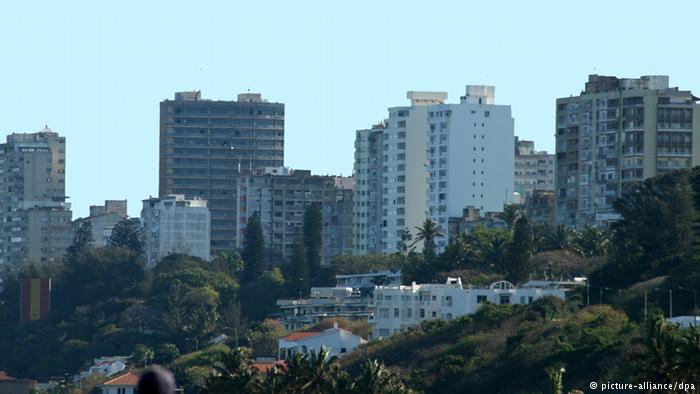Mozambique: 2024 state debt fell to 91% of GDP with hidden debts' out-of-court settlement - Fitch
Mozambique: Wage bill steady as investment falls – Hanlon

File photo/ A view of Maputo
A dramatic drop in government spending, from 39% of GDP in 2014 to 30% in 2016, was caused entirely by cuts in investment. Government wages remained at 11.3% of GDP, according to the World Bank Mozambique Economic Update July 2017 (here). But capital expenditure was almost halved, from 15.1% of GDP in 2014 to 8.5% in 2016 – the big cut was in government financed investment, down 8.3% of GDP to just 3.4%, but donor supported investment was down as well, from 6.8% of GDP to 5.1%. The World Bank is concerned by cuts in social and economic investment including roads, public works and agriculture (although there was a sharp increase is foreign funded water spending). Instead the Bank wants cuts in the wage bill.
This is linked to government’s attempt to control the fiscal position after shocks caused by commodity price falls in 2015 and the secret debt revelations in 2016. There was a sharp rise in interest rates, with the government’s reference lending rate now 22.75%, one of the highest in Africa, leading to commercial bank rates averaging 28.6%. The result has been an appreciation of the Metical and an increase in reserves from $1.7 bn to $2.3 bn. Inflation has fallen from 26% in November 2016 to 18% in June 2017, still very high.
“Mozambique’s economy remains weakened” and its “fiscal position continues to be unsustainable” because it is not paying its bills and is borrowing large amounts from the central bank, the World Bank says. Central Bank credit to government increased 600% in 2016 and another 43% in the first quarter of 2017. @Verdade (13 July) reports internal debt now exceeds $1.5 bn and that the government wants to issue $1 bn of Treasury bonds this year (not all new debt; some will repay old bonds).
The Mozambique Economic Update also looks at the formal private sector, which doubled in size between 2002 and 2015, from 28,000 firms employing 255,000 people to 43,000 employing 463,000 people. Two-thirds of the job growth was in Maputo and two-thirds was in services. Three quarters of firms have fewer than 5 employees. The report also notes that “approximately 40% of Mozambique’s GDP is currently produced in the informal private sector, one of the highest shares in sub-Saharan Africa.”
The Bank warns that “the ongoing economic downturn is likely to have a disproportionately negative impact on these emerging micro, small and medium enterprises.” They face falling demand and investment, and higher costs, particularly for credit. In terms of Doing Business indicators, Mozambique scores badly on enforcing contracts (average 950 days to enforce a simple contract), limited access to credit, and problems obtaining electricity.
The report also warns about a crisis in state-owned enterprises, which have been hit by the downturn and “are struggling to meet debt service obligations”.
“Total debt stock at the end of 2016 is estimated to be 120% of GDP, placing the country in an unsustainable position.”
By Joseph Hanlon













Leave a Reply
Be the First to Comment!
You must be logged in to post a comment.
You must be logged in to post a comment.